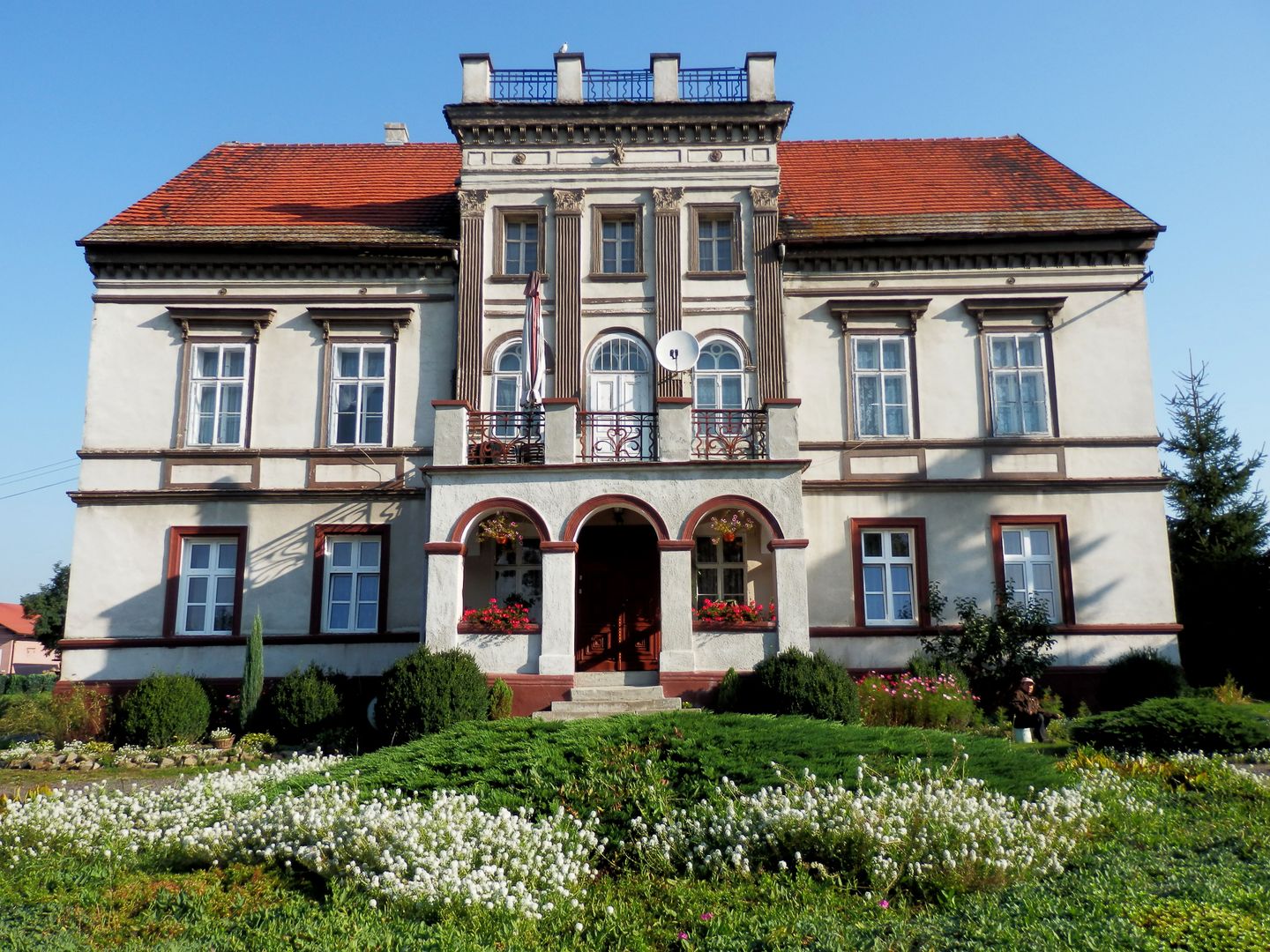Rogoźna
6.07

Overview
Rogoźna is a village with a rich history, dating back to around 1300. Initially, it was divided into two parts, each with different tithe obligations. From 1540, it came into the hands of the Wyskota v. Wodnik family, first acquired by Zygmunt Wyskota, who transferred it to his wife. From 1572 to 1631, the village was managed by the Rogojski family, among whom Stanisław Rogojski, an imperial official, stood out. Rogoźna passed through the hands of various owners, including the Larisch and von Tluck families, until the 19th century, when the Polish population began to dominate. In 1865, 237 Polish inhabitants were recorded in 43 households. Throughout the 19th century, the village frequently changed owners, and the estate was gradually subdivided. Architecturally, Rogoźna has a suburban character with single-family housing. In 1818, it came into the possession of Ludvik von Pelchrzim und Trzenkowitz, who initiated the development of a local school. It is also worth noting that the name Rogoźna is derived from plants such as reeds, and local etymology included a legend about its origin from the name Roger. The coat of arms of Rogoźna, which changed over the centuries, featured a hen and a rooster, which remains an interesting cultural element in the region to this day. Rogoźna lies within the administrative boundaries of Żory, which incorporated it into their area in 1975, and today it is located in the Silesian Voivodeship.
Location
2025 Wizytor | All Rights Reserved